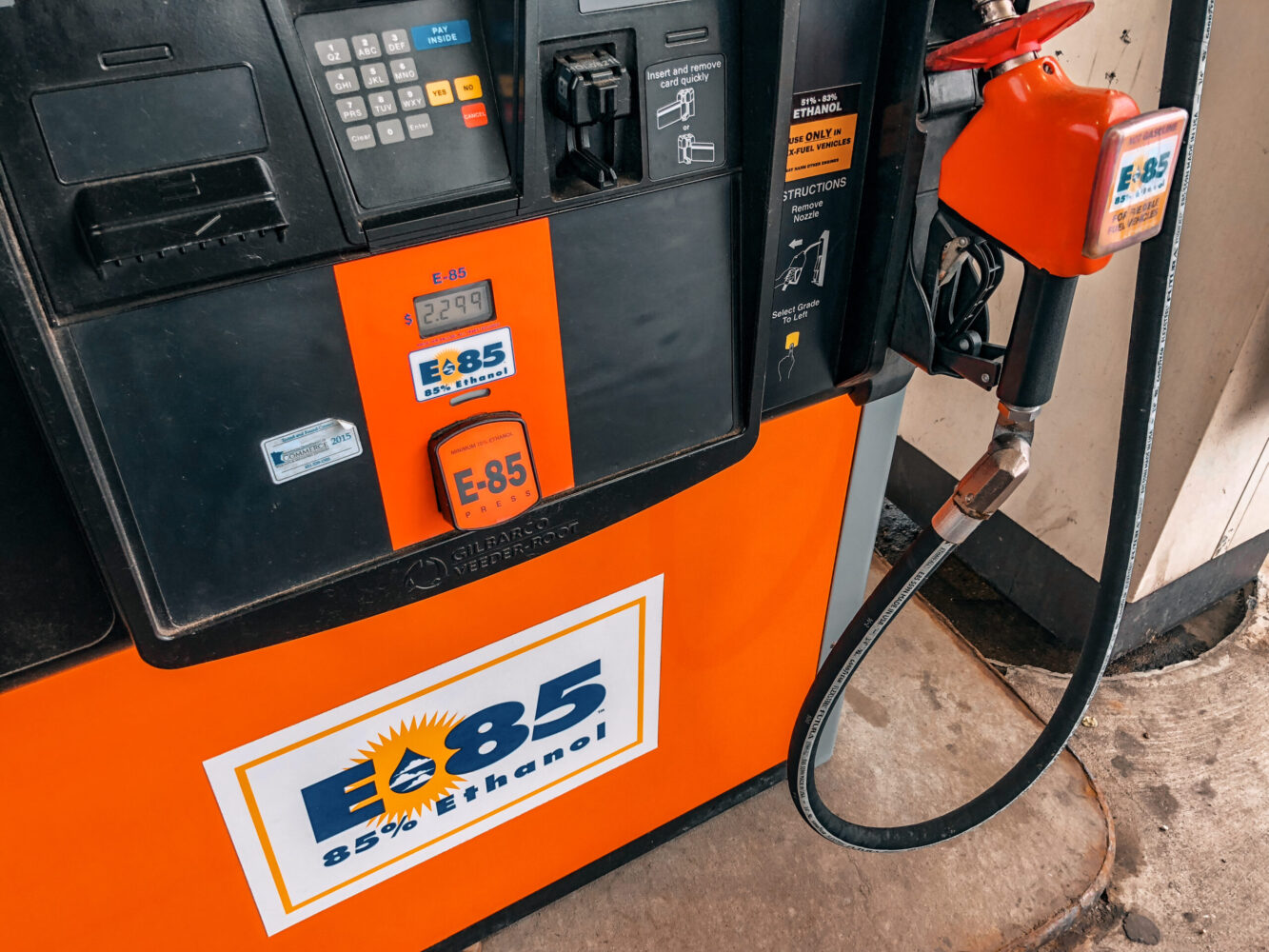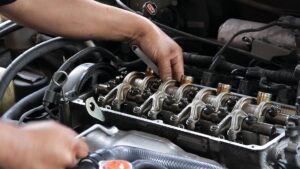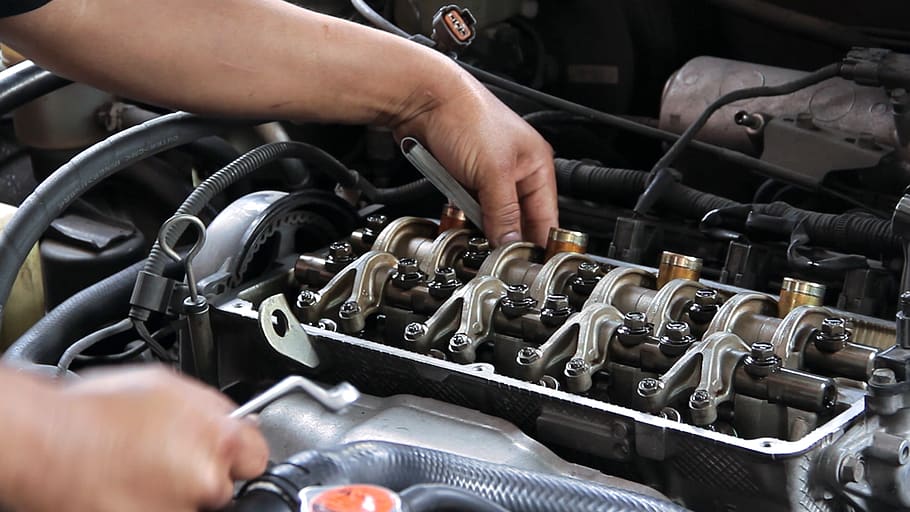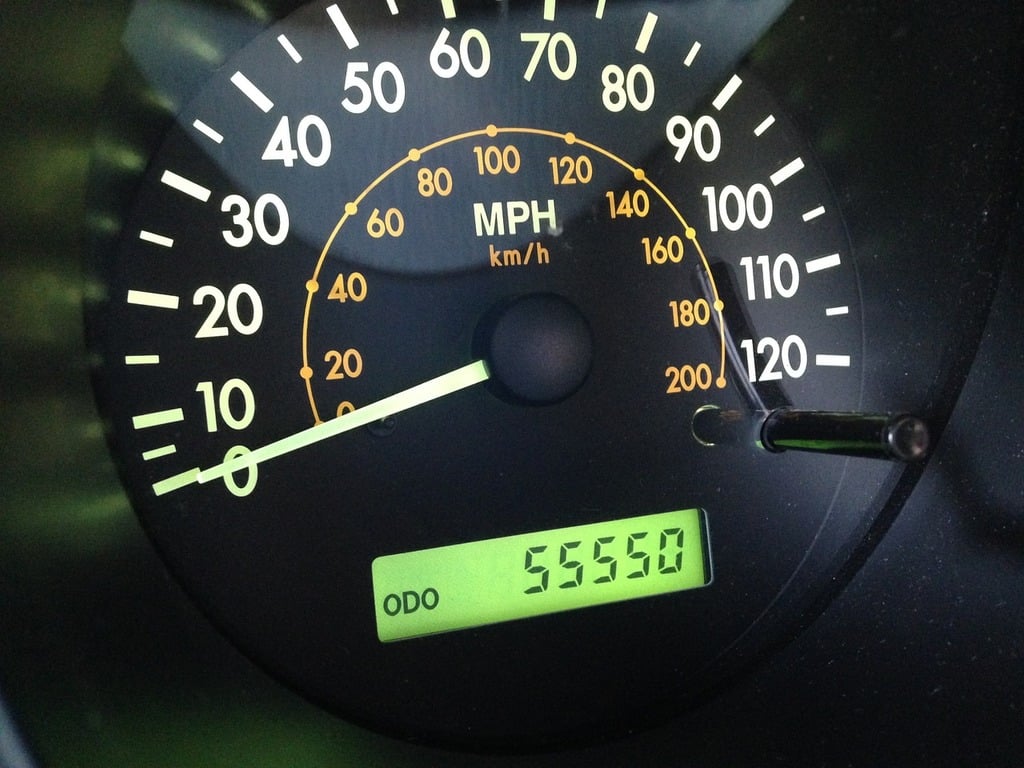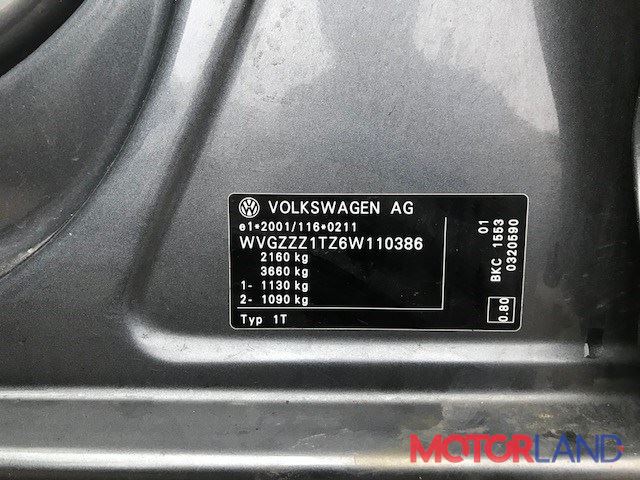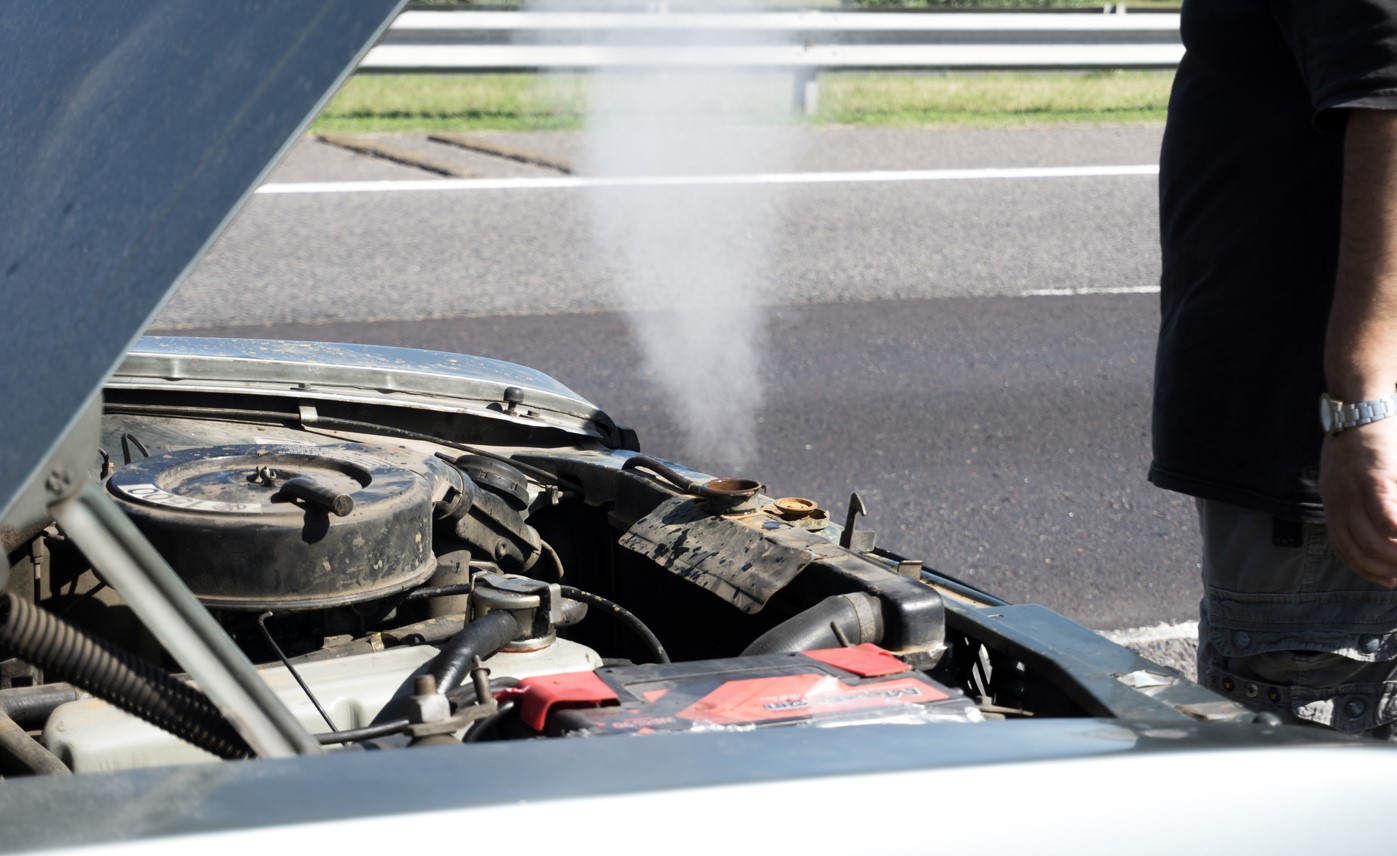Are you intrigued by the performance gains and eco-friendly aspects of E85 fuel but worried about turning your engine into a molten paperweight? You’re not alone! Many enthusiasts are hesitant to embrace E85 due to concerns about compatibility, fuel system damage, and potential engine failure. This guide is designed to demystify E85, providing you with the knowledge and strategies to safely unlock its potential without turning your pride and joy into a scrap heap.
Key Takeaways:
- Understand the properties of E85 and its impact on your engine.
- Identify the necessary modifications for safe E85 use.
- Learn how to tune your engine for optimal E85 performance.
- Recognize potential problems and how to avoid them.
Understanding the Basics of How to Use E85 Without Melting Your Engine
E85, short for 85% ethanol and 15% gasoline, is a high-octane fuel that can offer significant performance benefits. Ethanol contains more oxygen than gasoline, allowing for more complete combustion and increased power output. Think of it like this: gasoline is like breathing through a straw, while E85 is like taking a deep breath of fresh air. Your engine can “breathe” better, resulting in more power.
However, E85 is also more corrosive than gasoline and requires a richer air-fuel mixture. This means that certain components in your fuel system may not be compatible, and your engine’s computer needs to be properly calibrated to deliver the correct amount of fuel. Ignoring these factors is a surefire way to end up with a melted engine or a fuel system that resembles Swiss cheese.
Importance and Implications
Using E85 correctly can unlock hidden horsepower in your engine, improve throttle response, and even reduce emissions. The higher octane rating allows for more aggressive ignition timing, which translates to increased power. Furthermore, ethanol is a renewable fuel source, making E85 a more environmentally friendly option than gasoline.
However, the implications of using E85 incorrectly can be severe. Ethanol can degrade rubber and plastic components in your fuel system, leading to leaks and fuel starvation. A lean air-fuel mixture can cause detonation, which can quickly destroy pistons and other engine components. Therefore, it’s crucial to approach E85 with caution and do your homework before making the switch.
Practical Applications or Strategies
Here’s a step-by-step guide to safely using E85:
- Check Compatibility: Determine if your vehicle is E85-compatible. Some vehicles are designed to run on E85 from the factory (often labeled as “Flex Fuel”), while others require modifications.
- Upgrade Fuel System: If your vehicle is not Flex Fuel, you’ll likely need to upgrade your fuel injectors, fuel pump, and fuel lines to handle the increased fuel flow and corrosive properties of E85. Stainless steel or Teflon fuel lines are a must.
- Install a Fuel Sensor: An ethanol content sensor allows your engine’s computer to automatically adjust the air-fuel mixture based on the percentage of ethanol in the fuel. This is crucial for maintaining optimal performance and preventing engine damage.
- Tune Your Engine: A professional tune is essential to ensure that your engine is running safely and efficiently on E85. This involves adjusting the air-fuel ratio, ignition timing, and other parameters to optimize performance and prevent detonation.
- Monitor Performance: Keep a close eye on your engine’s performance after switching to E85. Watch for signs of detonation, fuel leaks, or other problems. A wideband oxygen sensor is a valuable tool for monitoring your air-fuel ratio.
Common Pitfalls to Avoid:
- Using E85 in a vehicle that is not compatible.
- Failing to upgrade the fuel system.
- Skipping the engine tune.
- Ignoring warning signs of engine problems.
Expert Insights or Case Studies
Many performance shops specialize in E85 conversions. They often recommend larger fuel injectors, high-flow fuel pumps, and aftermarket engine management systems for optimal results. Case studies have shown that properly tuned E85 engines can produce significant horsepower gains compared to gasoline, especially in turbocharged applications.
For example, a popular modification for Subaru WRX and STI models is an E85 conversion. With the right upgrades and tuning, these cars can see gains of 50-100 horsepower on E85 compared to premium gasoline.
Understanding Stoichiometry and Lambda
Stoichiometry refers to the ideal air-fuel ratio for complete combustion. For gasoline, this is typically around 14.7:1. However, E85 has a lower stoichiometric ratio, typically around 9.765:1. This means that E85 requires a richer air-fuel mixture than gasoline.
Lambda is a measure of the air-fuel ratio relative to stoichiometry. A lambda of 1.0 indicates a stoichiometric mixture, while a lambda less than 1.0 indicates a richer mixture, and a lambda greater than 1.0 indicates a leaner mixture. When tuning for E85, it’s important to target a lambda value that is appropriate for the engine and operating conditions. Typically, a lambda of around 0.85-0.90 is a good starting point for E85.
Long-Term Maintenance and Considerations
E85 can absorb water from the atmosphere, which can lead to corrosion and fuel system problems. It’s important to store E85 in sealed containers and avoid leaving it in your fuel tank for extended periods, especially during the winter months. Fuel stabilizers can also help to prevent fuel degradation.
Regularly inspect your fuel system for leaks or signs of corrosion. Replace fuel filters more frequently than you would with gasoline. By following these maintenance tips, you can ensure that your E85 conversion remains reliable and trouble-free for years to come.
Conclusion:
Using E85 can be a rewarding experience, offering increased performance and a more environmentally friendly alternative to gasoline. However, it’s crucial to understand the properties of E85 and take the necessary precautions to avoid engine damage. By following the guidelines outlined in this article, you can safely unlock the potential of E85 and enjoy the benefits it has to offer.
Frequently Asked Questions:
What is How to Use E85 Without Melting Your Engine?
It’s the process of safely converting your vehicle to run on E85 fuel by making the necessary modifications and tuning adjustments to prevent engine damage.
Why is How to Use E85 Without Melting Your Engine important for Everyone?
It allows you to unlock more power from your engine, potentially reduce emissions, and use a renewable fuel source, but only if done correctly.
How can I apply the concepts of How to Use E85 Without Melting Your Engine in my context?
Start by researching your vehicle’s compatibility, upgrading your fuel system, installing an ethanol content sensor, and getting a professional tune.
Where can I learn more about How to Use E85 Without Melting Your Engine?
Consult with performance shops specializing in E85 conversions, read online forums and articles, and consider taking a tuning course.


